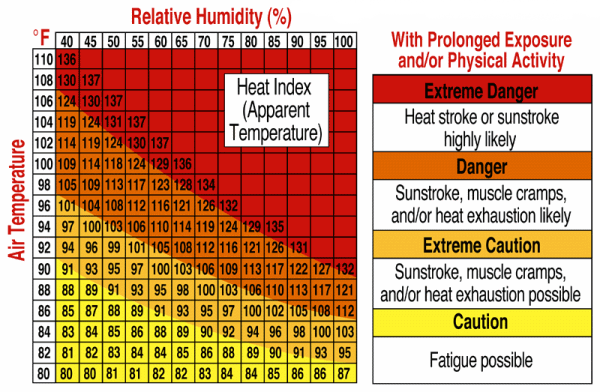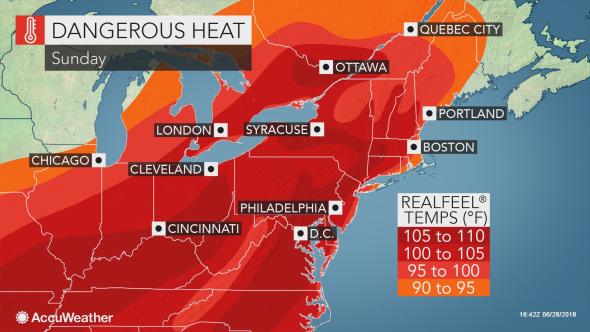My school’s academic year is over and the summer break has started in full swing. Usually I take this time for a vacation and some new research initiatives. It is not surprising that I have far more flexibility now than during the academic year. This enables me to keep in contact with family and friends. Last week was no different. Wine drinking is not uncommon on such occasions. But during such happy times, questions often arise regarding the future of wine making as climate change takes its toll. This issue is particularly important in the context of French wine because it is based on the notion of “terroir,” which links the style of wine to a specific location. If we drink Bordeaux wine it means that the grapes and the winery are from the Southwest region of France around the city of Bordeaux; Champagne comes from the Champagne wine region in Northern France, etc. Since climate change shifts the climatic regions, such an affiliation will start to be problematic, so it is a valid question how much of this shift is already happening. Well, this sounded like a great topic for a blog. I started to collect the material and was ready to start writing on Friday (June 29th). I got up early, picked up my phone, and the first thing that I saw was an urgent warning from a weather application powered by NOAA (National Oceanic and Atmospheric Administration):
Heat Advisory in effect from Saturday, 12:00 PM EDT until Saturday, 9:00 PM EDT. Source: U.S. National Weather Service
It had some specific notes for the place where I live:
KINGS (BROOKLYN):
…HEAT ADVISORY IN EFFECT FROM NOON TO 9 PM EDT SATURDAY …
The National Weather Service in Upton has issued a Heat Advisory, which is in effect from noon to 9 PM EDT Saturday.
* HEAT INDEX VALUES …In the upper 90s. Heat index values will be at least a few degrees higher on Sunday.
* TIMING …Highest heat indices in the mid to late afternoon.
* IMPACTS …Extreme heat can cause illness and death among at- risk population who cannot stay cool. The heat and humidity
may cause heat stress during outdoor exertion or extended
exposure
I immediately went to a site that gave me more specifics in terms of combining heat and humidity to provide me with the “heat index” mentioned above. Figure 1 shows this conversion, followed by definitions that translate the warnings into more specific terms.
Definitions
Heat Wave: At least 3 consecutive days with high temperatures of at least 90 degrees.
Highest Temperatures: Mid July through mid August across interior locations.
Heat Index: An estimate of how hot it feels when air temperature and humidity are combined.
Heat Advisory: Issued when the heat index is forecast to reach 95 to 99F for at least 2 consecutive days or 100 to 104F for any length of time.
Excessive Heat: Issued when heat index values are forecast to reach or exceed 105°F for at least 2 consecutive hours.
Watch is issued 24 to 48 hours of the event.
Warning is issued within 24 hours of the event.
The warning focused on Friday and Saturday and hinted that Sunday would be worse. Further searching made it clear that this weather was not confined to NYC. Figure 2 shows the weather projections over the Eastern parts of US and Canada and the map is almost solid red.
Shortly after this on Friday morning, I had my breakfast and read my local morning paper and found the following piece:
Climate change could sharply diminish living conditions for up to 800 million people in South Asia, a region that is already home to some of the world’s poorest and hungriest people, if nothing is done to reduce global greenhouse gas emissions, the World Bank warned Thursday in an ominous new study.
The study noted that some of the hottest parts of the region are getting hotter, faster. From 1950 to 2010, for example, western Afghanistan and southwestern Pakistan have already seen average temperatures rise in the range of 1 degree Celsius to 3 degrees per year.
By contrast, some of the cooler countries of the region, like Nepal, will not be sharply affected by rising temperatures. But that will not necessarily make up for the risks those countries face from extreme weather events, the study concluded.
The intensity of outcomes vary depending on future measures to reduce greenhouse gas emissions. For instance, across South Asia annual average temperatures are projected to rise by 2.2 degrees Celsius (3.9 degrees Fahrenheit) by 2050 under a high emissions scenario, and by 1.6 degrees Celsius if steps are taken to reduce global emissions.
Half a planet away the situation is similar, with hundreds of millions of people subjected to equal miseries but they lack the resources to protect themselves with air conditioning and other comforts that many of us here have at our disposal.
Friday evening I had plans in the city. I took the subway, which was air-conditioned and comfortable, as was the theater that I visited. On Sunday I had a family engagement in the suburbs. My family has a small swimming pool that we were invited to share. That was great while you were in the pool itself but getting in and out, walking on the concrete floor was impossible. Driving to and from the suburbs in an air-conditioned car was a pleasure. The car’s external thermometer recorded an outside temperature around 102oF (39oC) both ways. Back home, my apartment has a thermometer that records outside temperature. During the last 4 days it floated between the upper 90s (F) and lower 100s. I had no way to directly measure the outside humidity aside from knowing it was high but Figure 1 tells me that the heat index was around 110o.
I grew up in Israel so I am used to high temperatures and humidity. This was not a big deal for me because I am well equipped to handle it, unlike many people in NYC or even more around the world. Such people can become desperate, sick, or even die. Leaving climate change on its current trajectory will make life for all of us much more uncomfortable and dangerous.
The impact on wine will wait for next week.



Thanks for sharing. I read many of your blog posts, cool, your blog is very good. https://accounts.binance.info/si-LK/register?ref=LBF8F65G
Great post! Heat waves are a serious threat, especially with climate change making them more frequent. I appreciate how this article emphasizes the dangers and the importance of staying informed and prepared. Thanks for raising awareness on this critical issue!